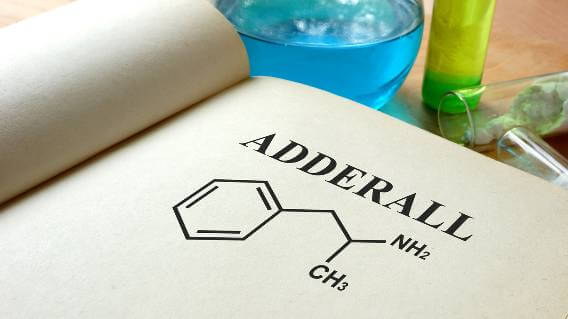
A current shortage of Adderall is expected to continue at least through the end of 2022, with supply unable to meet the growing demand for the popular medication used in treating ADHD and narcolepsy.
The U.S. Food and Drug Administration confirmed earlier this month what pharmacists, doctors and patients have been saying for months as they scramble to find enough of the product.
“We will continue to monitor supply and assist manufacturers with anything needed to resolve the shortage,” the FDA said in its announcement. “There is not sufficient supply to continue to meet U.S. market demand.”
As an example, the FDA cited Teva Pharmaceutical Industries Ltd. – which sells more Adderall in the U.S. than any other company – and said it was dealing with ongoing intermittent manufacturing delays.
Teva spokesperson Kelley Dougherty said an earlier labor shortage, combined with rising demand and manufacturing limits set by the U.S. Drug Enforcement Administration, all contributed to the shortage.
“We are fully committed to manufacture and distribute as much product as possible each day,” Dougherty told The Wall Street Journal.
Adderall Manufacturers Struggle to Keep Up With Demand
Adderall, a stimulant that contains amphetamine and dextroamphetamine, is a controlled substance that is highly regulated by the government, making it more difficult for pharmacies to pivot away and carry new brands.
Shortages have been reported for both the immediate and extended-release versions from several manufacturers, according to the American Society of Health-System Pharmacists.
In addition to Teva, those manufacturers include Epic Pharma LLC, Camber Pharmaceuticals, Par Pharmaceutical and Amneal Pharmaceuticals.
According to the National Community Pharmacists Association, nearly two-thirds of community pharmacies were having trouble getting the Adderall they needed this past summer.
“The supply that we are manufacturing and distributing right now is on pace to be consistent – or greater than – our supply at this time last year,” Teva said in a statement. “The demand is not.”
Increased demand stems at least partially from telehealth services that became so popular during the COVID-19 pandemic, making it easier for patients to get the drug.
Many of those services involve startup companies that have flourished under more relaxed prescription guidelines. In 2020 – as part of pandemic adjustments – the federal government loosened the rules so that people no longer needed in-person visits to receive the medicines they required.
Adderall Shortage Raises Concerns About Increased Use
Adderall and generic-equivalent prescriptions exceeded 41 million in 2021, an increase of close to 20% from the year before, according to IQVIA, a data analytics company.
In recent years, critics have raised concerns about over-prescribing Adderall for children and also its use as a study aid among college students.
The U.S. Drug Enforcement Administration has maintained strict production quotas for controlled substances such as Adderall. It also is not expected to raise those quotas in 2023 because of a concern over abuse of various ADHD medications.
“I can understand why there are shortages, because there’s an increased demand of people who are seeking these medications,” Dr. David Goodman, assistant professor of psychiatry and behavioral sciences at Johns Hopkins University School of Medicine, told the New York Times.
Goodman said he hears almost daily of patients being unable to get prescriptions filled. His office has had to reissue them in different doses to help people receive treatment.
In some regions of the country, Adderall has become so tough to find that doctors have begun prescribing alternative treatments to their patients. That strategy, though, means patients must deal with an adjustment process and potential unaccustomed side effects.
According to the FDA, supply recovery throughout the country for different doses and forms of Adderall range from the end of October to March 2023.